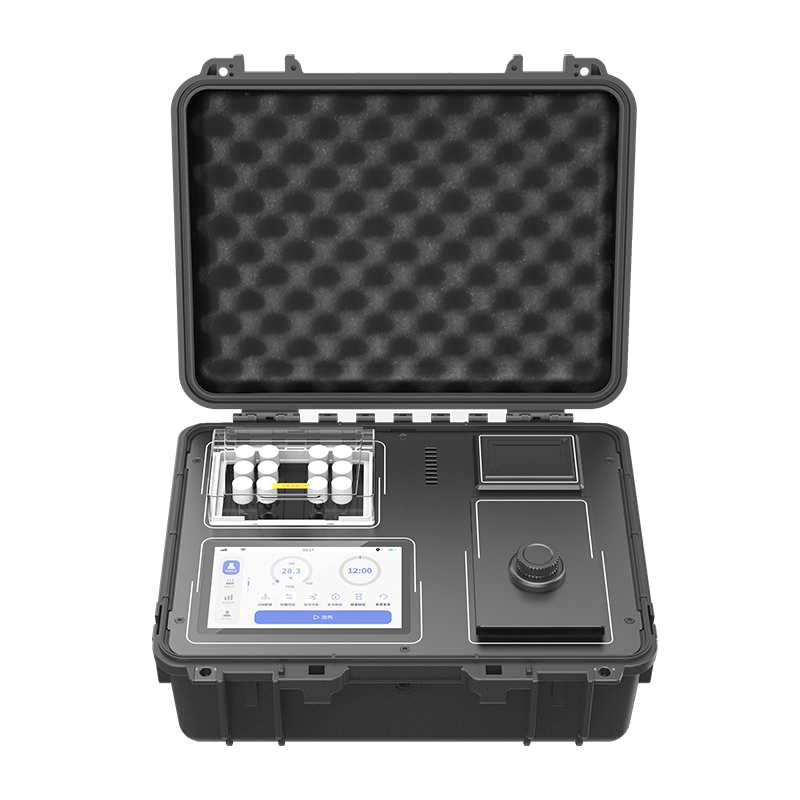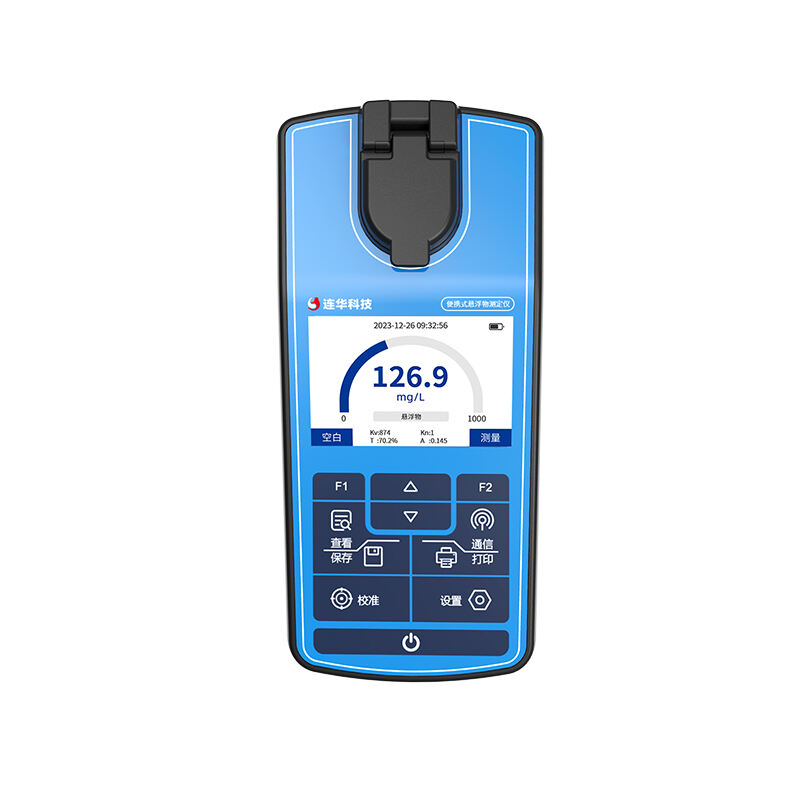The Role of Digital Thermostatic Reactors in Modern Laboratory Testing
Understanding Digital Thermostatic Reactors in Laboratory Testing
Digital thermostatic reactors are essential tools in laboratory testing, providing precise temperature control for various experimental processes. They are widely used in pharmaceuticals, biotechnology, and chemical industries to ensure consistent results by maintaining stable reaction conditions. By integrating advanced microprocessor technology, these reactors offer accurate temperature settings and efficient heat distribution. This digital precision is crucial for experiments where even minor temperature fluctuations can significantly impact outcomes, making them indispensable for researchers seeking reliable data in their laboratory endeavors.
Key Features Enhancing Modern Laboratory Testing
Precision Temperature Control for Reproducible Results
Precision temperature control is a fundamental feature of modern laboratory reactors, providing exceptional stability crucial for reproducible results. Digital thermostatic reactors are equipped with advanced temperature regulation mechanisms, maintaining stability within ±0.1°C. This level of precision is essential, particularly in sensitive experimental setups where even minimal fluctuations could skew results. Real-time monitoring capabilities enhance this feature by allowing researchers to track and swiftly adjust temperature changes, thus minimizing potential errors during experiments. Studies have shown that maintaining consistent temperature can improve experimental outcomes by up to 25%, underscoring the importance of precision in laboratory research and testing.
Automated Workflows and Touch-Screen Interfaces
Modern laboratory reactors are increasingly equipped with automated workflows and advanced touch-screen interfaces that significantly enhance operational efficiency. Touchscreen interfaces streamline the setup and operation processes, making them more intuitive for users. Automation features built into these systems reduce the need for constant user intervention, thereby decreasing the likelihood of human error in time-sensitive experiments. This is particularly beneficial, as a recent survey indicates that laboratories using automated systems experience a 30% increase in operational efficiency. The combination of automation and user-friendly interfaces makes these systems indispensable tools in achieving accuracy and reliability in laboratory testing.
Safety Protocols for Hazardous Material Handling
Safety protocols are integral to the design of contemporary laboratory reactors, particularly when dealing with hazardous materials. These reactors are equipped with integrated safety mechanisms such as automatic shutoff systems and built-in exhaust systems to manage and safely remove any harmful fumes generated during reactions. The importance of these protocols is emphasized by data from health and safety reports, suggesting that 30% of lab accidents could be mitigated through the implementation of proper safety mechanisms. Such features ensure not only the safety of laboratory personnel but also the integrity of experimental outcomes by minimizing the risks associated with hazardous material handling.
Applications in Contemporary Laboratory Testing
Chemical Oxygen Demand (COD) and Nutrient Analysis
Digital thermostatic reactors play a critical role in accurately determining Chemical Oxygen Demand (COD), which is essential for assessing water pollution levels. These reactors offer precise temperature control, ensuring consistent results in nutrient analyses that impact environmental monitoring efforts. Notably, applications of COD testing reveal that inaccuracies in temperature settings can lead to deviations of up to 15% in results. This highlights the importance of using advanced reactors in laboratories to obtain reliable data, which is indispensable for making informed decisions in environmental protection and regulation compliance.
Water Quality Monitoring with Chlorine Analyzer Integration
Integrating chlorine analyzers with digital thermostatic reactors offers a powerful solution for real-time water quality monitoring. This combination allows for rapid decision-making in water treatment processes, ensuring compliance with regulatory standards. A recent report indicates that consistent and thorough monitoring can reduce incidents of water pollution by up to 20%. This underscores the importance of using such advanced systems in modern laboratories to facilitate effective water management strategies. Leveraging a chlorine analyzer within this setup enhances the capability of laboratories to maintain water safety and quality.
Material Stability and Thermal Safety Testing
Reactors are pivotal in testing the stability of materials under various temperature conditions, a crucial step in product development across several industries. This is where digital thermostatic reactors shine, ensuring precise control over testing conditions. Additionally, thermal safety testing conducted using these reactors helps determine the maximum temperature limits for chemical products. Notably, research indicates that around 40% of product failures in the field are linked to thermal instability. Therefore, utilizing these reactors not only aids in refining product reliability but also in mitigating the risk of failure, ultimately leading to safer and more efficient products.
Showcasing Advanced Digital Thermostatic Reactor Solutions
Portable Multi-Parameter Water Quality Analyzer LH-C600
The LH-C600 represents a remarkable solution in the domain of portable multi-parameter water quality analysis. Known for its versatility, the LH-C600 enables comprehensive field testing, making it possible to conduct on-site assessments and gauge multiple water quality parameters without significant delay or complexity. It excels at measuring a variety of contaminants including chemical oxygen demand, ammonia nitrogen, and heavy metals, proving indispensable for professionals focusing on water quality management. What distinguishes the LH-C600 is its user-friendly design combined with high precision and reliability, which have been praised in many user reviews as essential for ensuring accurate results in diverse environmental conditions.
LH-P3SS Portable Total Suspended Solids Analyzer
The LH-P3SS stands out for its specialization in analyzing total suspended solids, which is a crucial parameter in both environmental monitoring and wastewater treatment. Designed for mobility, the LH-P3SS allows professionals to easily transport it to various locations, enhancing the efficiency of sampling efforts across diverse environmental sites. Its compact design ensures ease of use and optimal functionality without compromising on the quality of results. Case studies have revealed that deploying the LH-P3SS leads to a notable 15% improvement in data collection efficiency, making it an attractive option for comparative analyses in rigorous testing environments.
FAQ
What are digital thermostatic reactors used for?
Digital thermostatic reactors are used in laboratory testing to provide precise temperature control for experimental processes, which is vital in industries like pharmaceuticals, biotechnology, and chemical research.
How do digital thermostatic reactors enhance modern laboratory testing?
They offer features like precision temperature control, automated workflows, and safety protocols, all of which improve the accuracy, efficiency, and safety of laboratory experiments.
Why is precision temperature control important in laboratory testing?
Precision temperature control is crucial as it ensures stability in experiments, leading to reproducible results and minimizing potential errors due to temperature fluctuations.
What roles do products like the LH-C600 and LH-P3SS analyzers play?
These products provide advanced solutions for analyzing water quality and total suspended solids, respectively, enhancing field testing capabilities in environmental and wastewater management.



